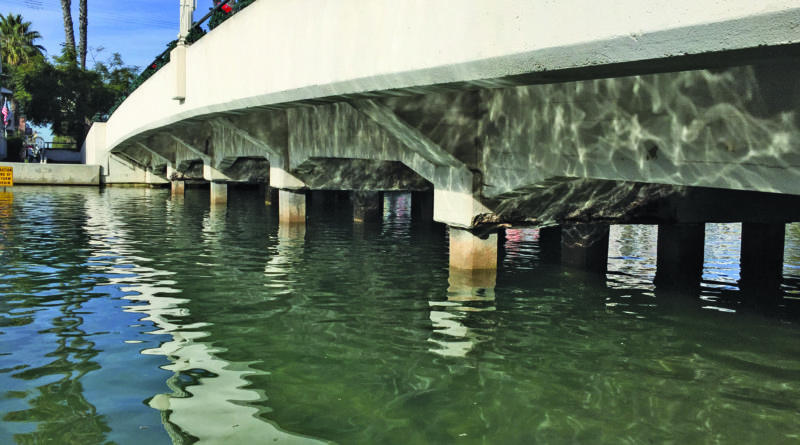NOAA panel discusses sea level rise at planning meeting
Information gathered at twice-a-year meetings helps the federal agency to maintain navigational charts and keep track of water levels.
WASHINGTON, D.C.—An advisory panel within the National Oceanic and Atmospheric Administration, or NOAA, held a public meeting at the Hall of States in Washington, D.C., on March 5-7, to discuss sea level rise and coastal inundation.
Members of the public provided NOAA’s Hydrographic Services Review Panel with input regional navigational services, water levels, global positioning or any other issues associated with sea level rise and coastal inundation. The panel advises NOAA’s administrator on products and services used for global positioning, navigation and water levels/currents. Changes in sea level and more frequent coastal inundation events could alter readings of global positioning and uses of navigational charts.
Data and information presented at these public meetings are tools for NOAA; the federal agency uses such data and information in updating coastal and ocean mapping protocols and determining its priorities for the Arctic region, for example. The panel’s recommendations to the NOAA administrator are partially influenced by what is shared at the public meetings.
“The public meeting [focuses] on broad issues related to hydrographic and navigation services, products and data,” the public meeting’s official notice explained about the panel’s goal, March 5-7.
Sessions were held on legislative issues and sea level rise.
Panel members previously met in August 2018 and discussed the Trump Administration’s Ocean Policy for 2018. They also determined relative sea level rise was third priority on its list of five issues to consider for potential issue papers; autonomous vessels and emerging technologies was the most important priority, followed by quantifying benefits of NOAA’s hydro services.
Other potential paper issues were public-private partnerships for a blue economy and enhanced navigational assistance.
NOAA’s Office for Coastal Management, separately, publishes several documents on the potential effects of predicted sea level rise as part of its “Digital Coast” initiative. Most documents posted on NOAA’s Digital Coast website focus on predicted sea level rise scenarios in Florida or along the Atlantic Seaboard. There are, however, some documents discussing the prospects of sea level rise in California.
One of those resources – titled “Understanding and Planning for Sea Level Rise in California” – highlighted an interactive sea level rise viewer created by California’s State Lands Commission.
Another resource, an official sea level rise viewer created by NOAA, shows the ocean rising by as much as 5.45 feet by 2100 in Los Angeles; Orange County would experience a 5.71-foot increase in sea level, also by 2100.
The situation would be slightly direr in San Diego, where the city’s harbor could witness a 5.81-foot increase in sea levels by 2100, according to NOAA’s Sea Level Rise Viewer. The sea could rise by as much as 6.04 feet at Rincon Island – located in between Santa Barbara and Ventura harbors – by 2100, the Sea Level Rise Viewer predicted.
The federal panel regularly receives updates on national and regional navigation services, in relation to sea level rise and coastal inundation. Panel members advise NOAA’s leadership on a variety of issues, such as commercial shipping, marine transportation, ocean and coastal stewardship, recreational boating and safe navigation.


